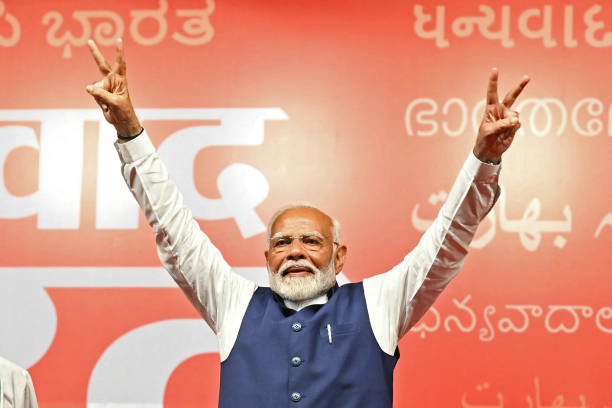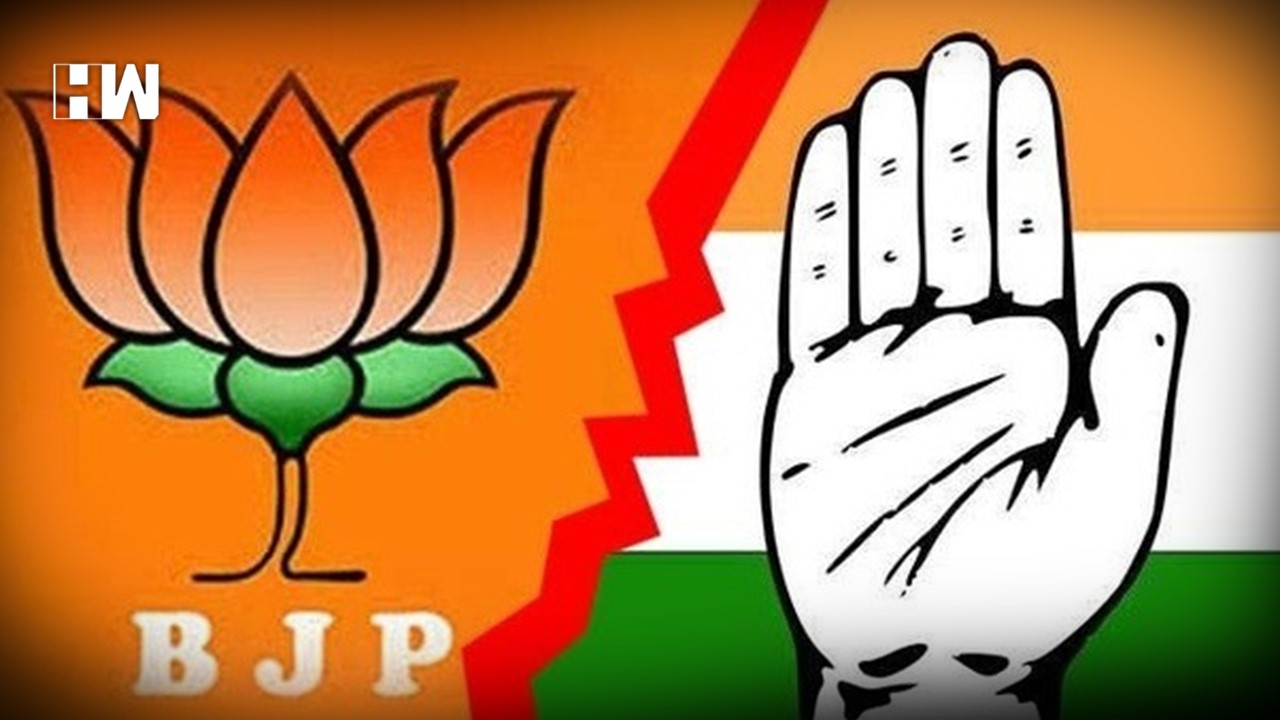Why BJP Rules India – Political Analysis & Leadership Impact
Published Date : May 29, 2025
“BJP is considered the largest political party in the world by membership count, primarily due to India’s vast population.”
BJP is the ruling party in India from 2014 and its leader Mr. Narendra Modi is the Prime Minister of India since 2014...
Read more about the history of BJP and its political journey.
1. Strong Leadership and Narendra Modi Factor

Prime Minister Narendra Modi’s strong leadership is a key driver of BJP’s dominance. His direct communication style, nationalistic appeal, and decisive governance have earned widespread support.
Modi’s personal brand and focus on development programs like Digital India and Make in India have further strengthened the BJP’s connection with voters across demographics.
2. Hindutva and Ideological Consolidation
BJP’s alignment with Hindutva ideology has helped it consolidate a large section of the Hindu majority, shaping a strong cultural and national identity narrative.
Backed by organizations like the RSS, the party has reinforced its core message and built a loyal ideological base that translates into consistent electoral support.
3. Efficient Party Organization and Cadre Strength
The BJP’s well-organized structure and disciplined cadre network give it a strategic advantage during elections. The party maintains a strong grassroots presence across states.
With the support of affiliates like the RSS, BJP effectively mobilizes volunteers, manages campaigns, and ensures high voter outreach at the booth level.
4. Welfare Schemes and Development Agenda
BJP’s focus on welfare schemes like PM Awas Yojana, Ujjwala Yojana, and Jan Dhan Yojana has helped build strong support among rural and low-income voters.
The party promotes a development-first narrative, emphasizing infrastructure growth, sanitation, housing, and digital inclusion as pillars of national progress.
Learn more about BJP’s welfare schemes and how they impact Indian voters.
5. Weak Opposition and Strategic Electoral Planning

The BJP has benefited from a fragmented and often uncoordinated opposition. Lack of unity and clear messaging among rival parties has made it easier for the BJP to dominate national narratives.
At the same time, BJP’s data-driven election strategies, booth-level management, and strong messaging campaigns give it a tactical edge during elections.
6. Caste and Social Engineering
The BJP has effectively used caste dynamics to broaden its appeal beyond traditional upper-caste voters by engaging OBCs, Dalits, and other backward communities through targeted outreach and representation.
This inclusive strategy has helped the party reshape voter alignments and weaken the traditional caste-based support bases of rival parties.
Conclusion
The BJP’s continued dominance in Indian politics is the result of a combination of strong leadership, ideological clarity, grassroots organization, welfare outreach, and strategic electoral planning. While the political landscape remains dynamic, the party’s ability to adapt, communicate effectively, and consolidate support across diverse voter groups has kept it ahead of the curve.
As India moves forward, the role of a strong opposition, inclusive governance, and informed citizen participation will be crucial in shaping a balanced and vibrant democracy.